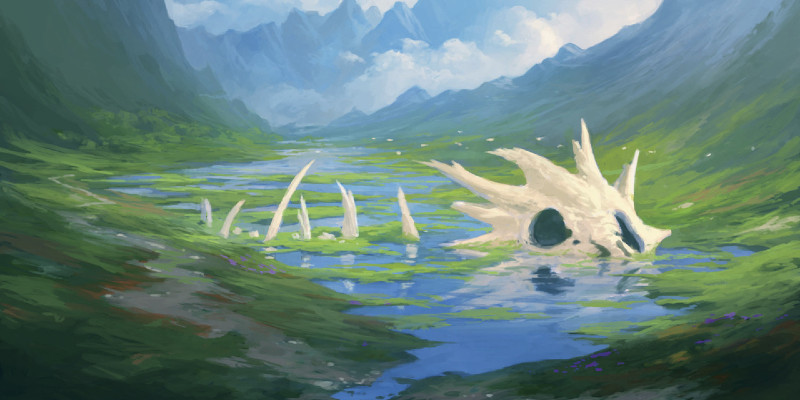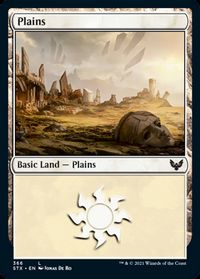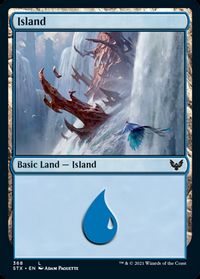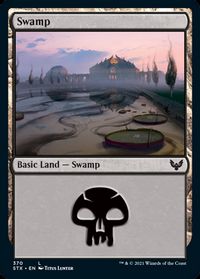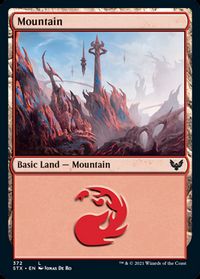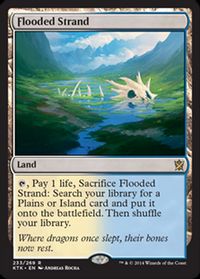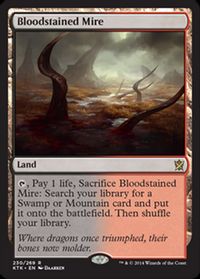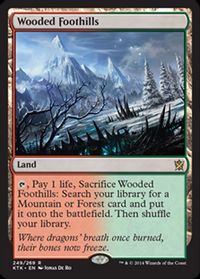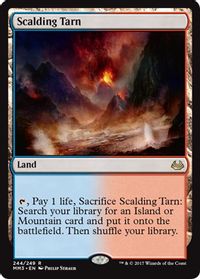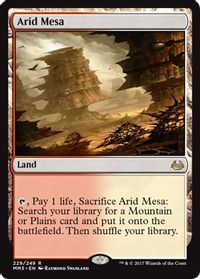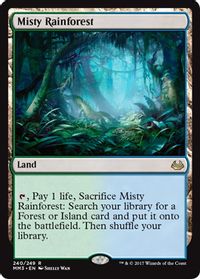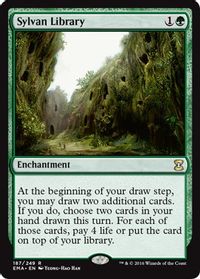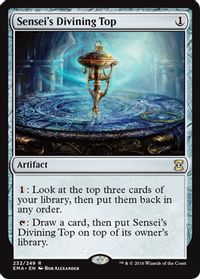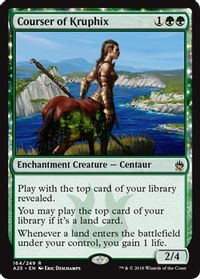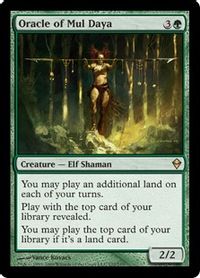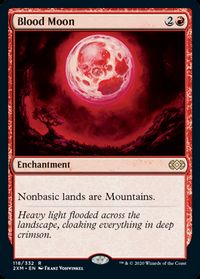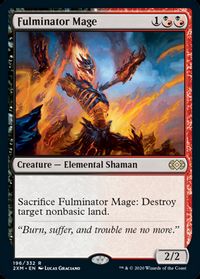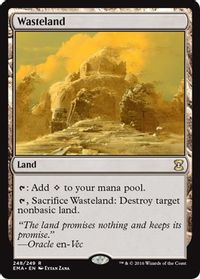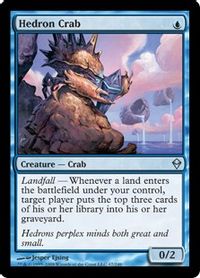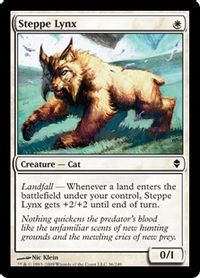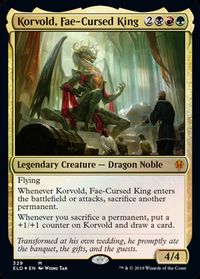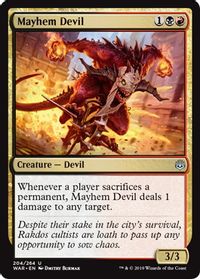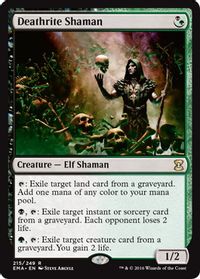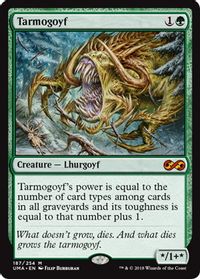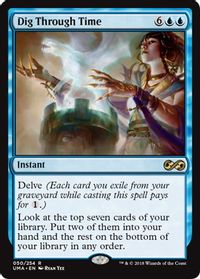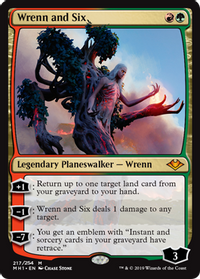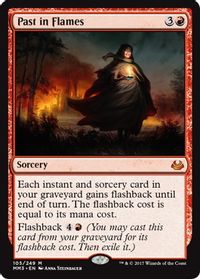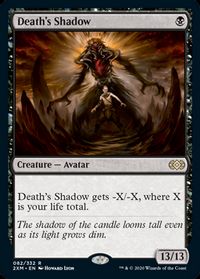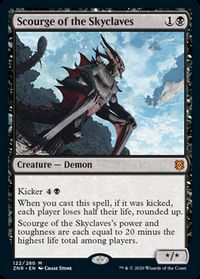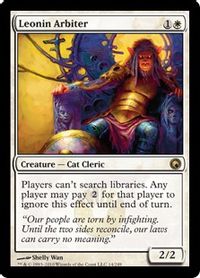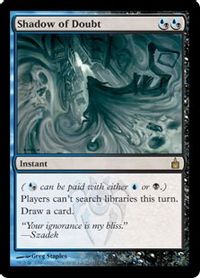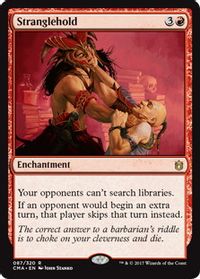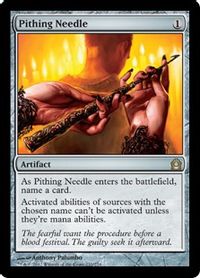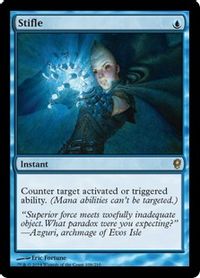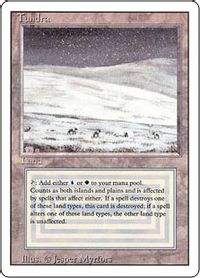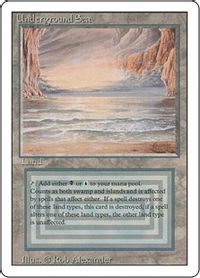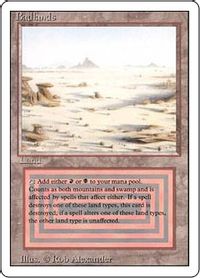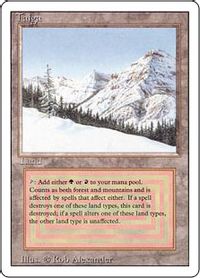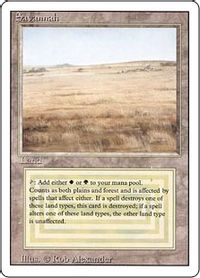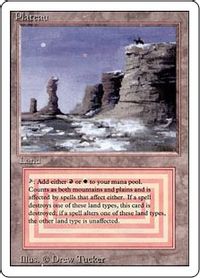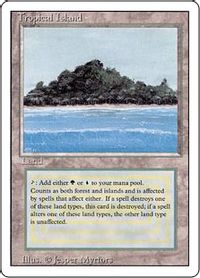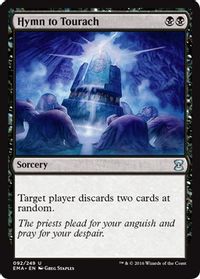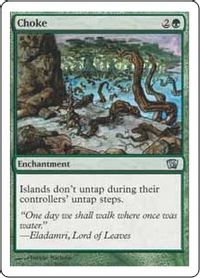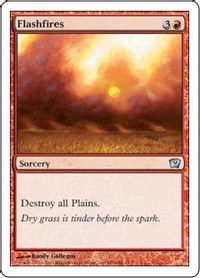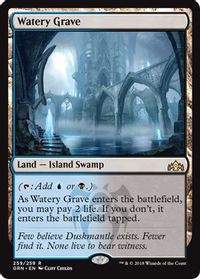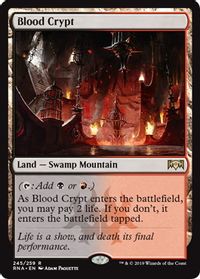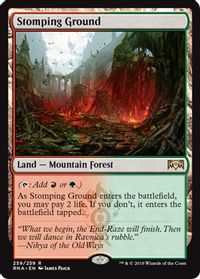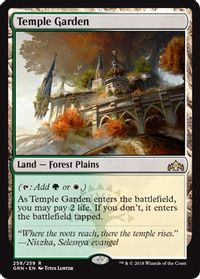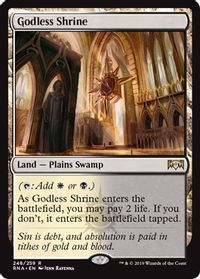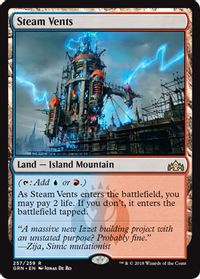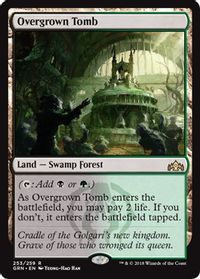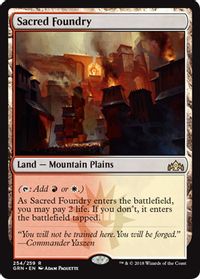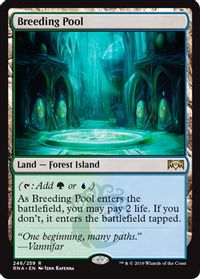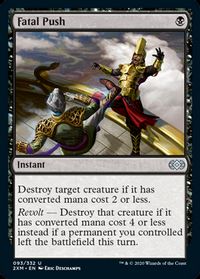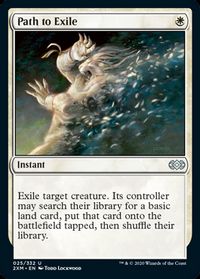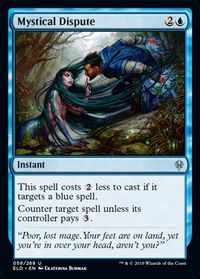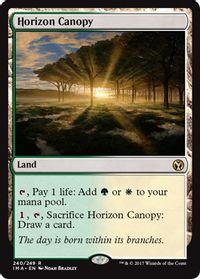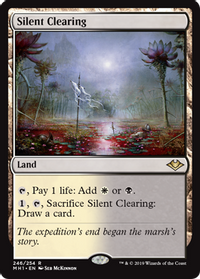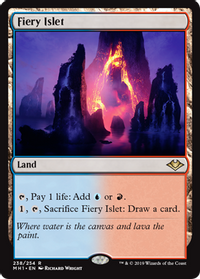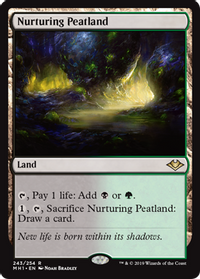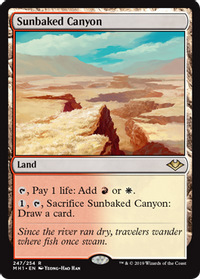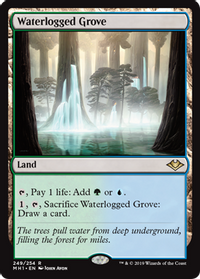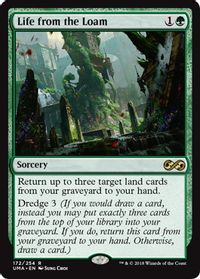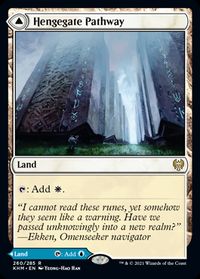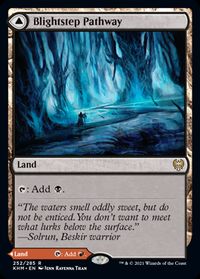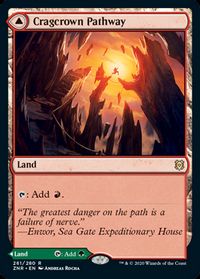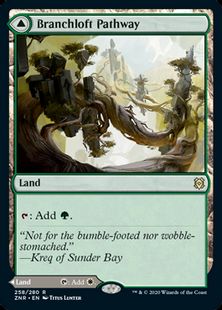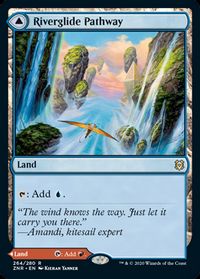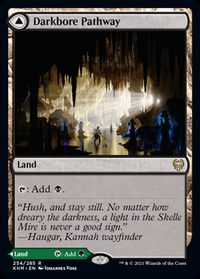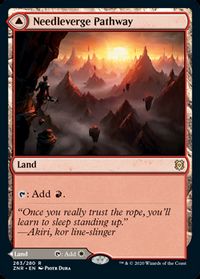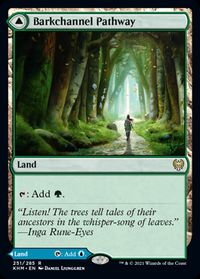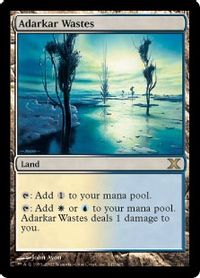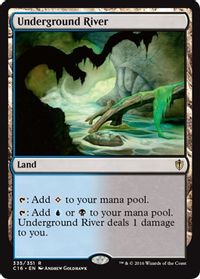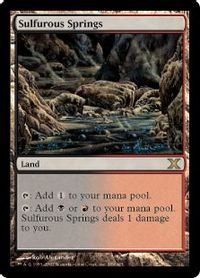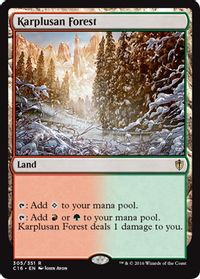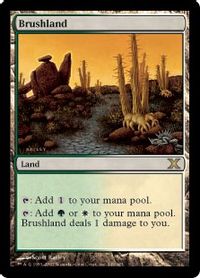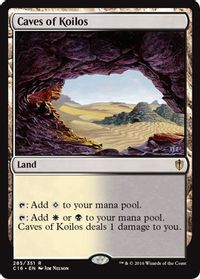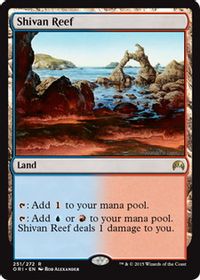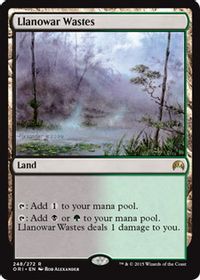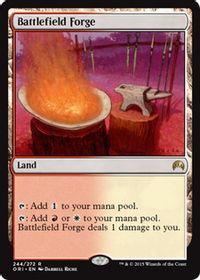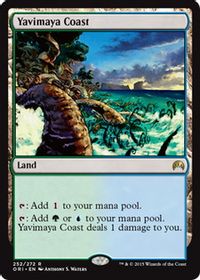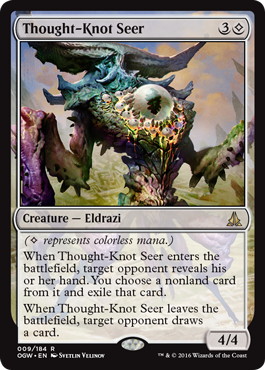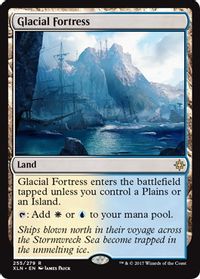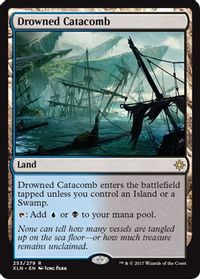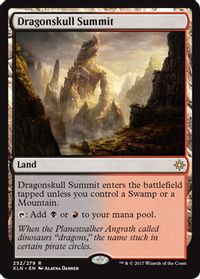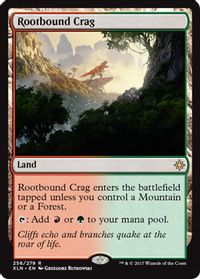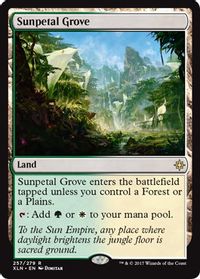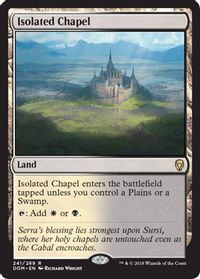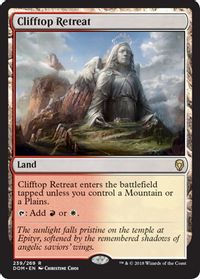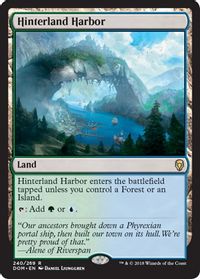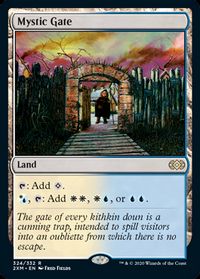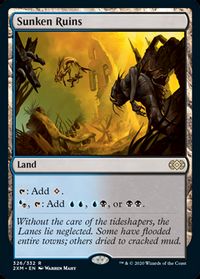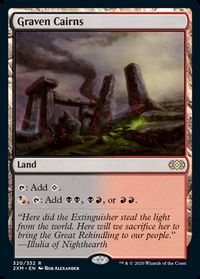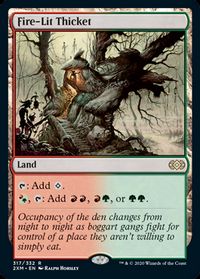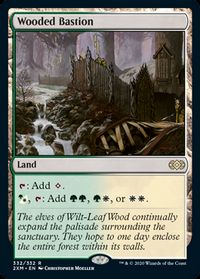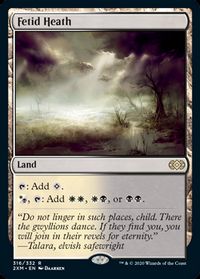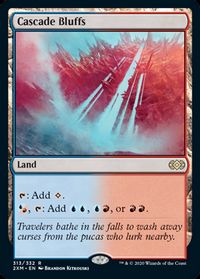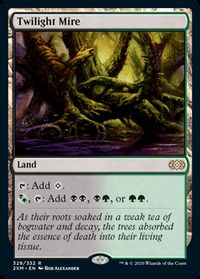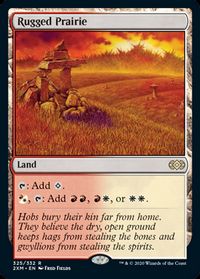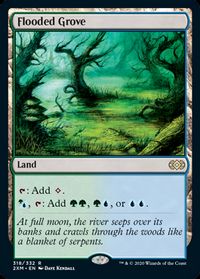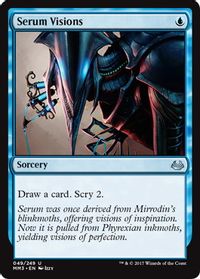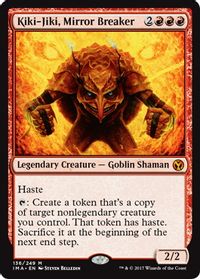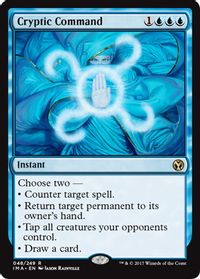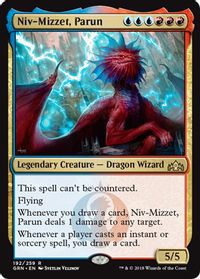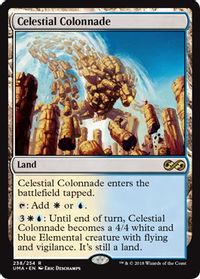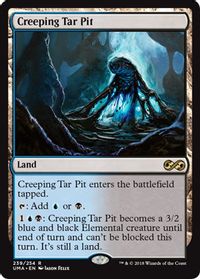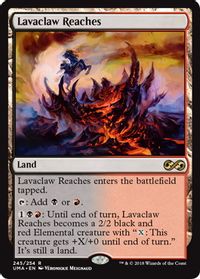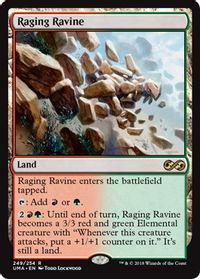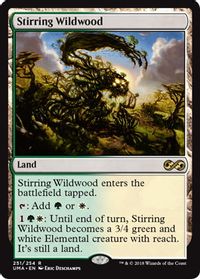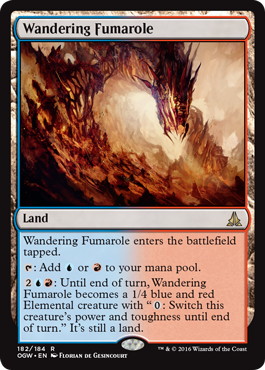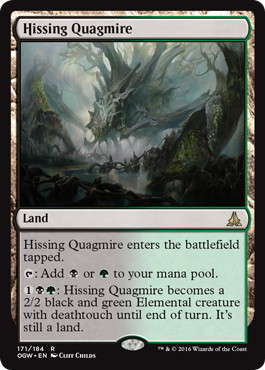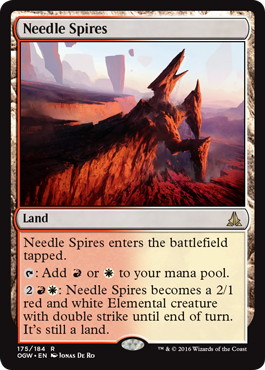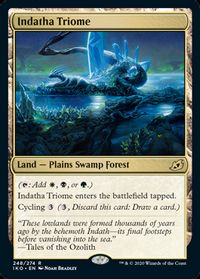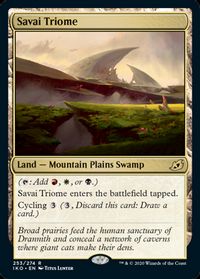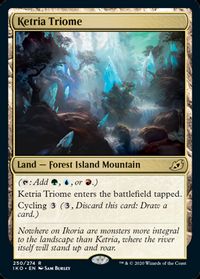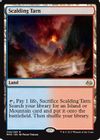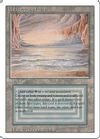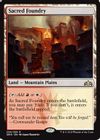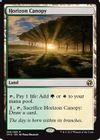Introduction
Today I will talk about the basis of all trading card games…the resources!
The best way to extract power from your cards is to have an efficient and balanced resource system.
In Magic The Gathering, the resource we use is called MANA and is produced by cards denominated Lands. It’s like a cake recipe, If you don’t have the right amount or the appropriate mana color combination you can’t cast your spells and play the game properly.
Let’s be clear…Magic The Gathering was “the first” popular trading card game!
Every trading card game that appeared after tried to copy many “winning concepts” of the game but most of them didn’t include a specific LAND type to produce MANA.
Let’s see:
Yes…I’ve played all of these games!!!
What makes Magic The Gathering so special is this specific point…
When you build a deck, you have to consider the mana base that supports him. The process of creating a mana base is pure science.
When you start to build your deck you must make sure you have a proper mana base to maximize the probability to cast every spell of it.
They are some “Magic Scientists” that use statistics to find the right mana base but Magic has so much variance and complexity that despite it could help it isn’t good enough. Some of those lands have very peculiar abilities, others have restrictions and you have to take all of that into consideration when building your mana base.
In this article, I am going to rank the top lands in MTG and try to dig in, explaining what makes them strong and weak and what’s the best way to potentiate their real power.
1. Fetch Lands
In Magic The Gathering, you know there are five different kinds of basic lands and the fetch lands have the ability to search for two different kinds of basic lands which includes also lands that provides more than one color.
In older formats, each fetch land are able to search 2 of the 5 kinds of basic lands, 7 of the 10 different two color lands (Dual Land, Shock Land, Cycling Lands), and 9 of the 10 different three color lands (Triome Lands, only five triome lands have been created so far).
These lands are the best way to give you all the colors you need despite having other alternatives.
Let’s be clear…the ability to search a card in your deck is a very strong effect.
It decreases the number of lands in your deck and increases your chance to draw spells later in the game. There are some cards that work with the top of the library turning this ability much stronger. Cards like 《Brainstorm》, 《Sylvan Library》, 《Sensei’s Divining Top》…all these cards saw their value increased because of the fetch lands.
For example, 《Courser of Kruphix》 or 《Oracle of Mul Daya》 has a perfect design for the fetch lands too.
Being able to search for basic lands is also a good way to fight some oppressive mana cards like 《Blood Moon》, 《Fulminator Mage》 or 《Wasteland》. Since you can sacrifice it at any moment and it also can prevent sorcery speed hateland cards like 《Spreading Seas》 or 《Stone Rain》.
Since it’s a land that brings another land into play, it makes Landfall cards like 《Lotus Cobra》, 《Hedron Crab》 or 《Steppe Lynx》 super strong too.
The fact that you can sacrifice it, provides an insane synergy with cards like 《Korvold, Fae-Cursed King》 or 《Mayhem Devil》.
It also feeds your graveyard that makes 《Deathrite Shaman》, 《Tarmogoyf》, 《Knight of the Reliquary》 or Delve cards like 《Dig Through Time》 much more powerful. It also works pretty well with 《Crucible of Worlds》 and 《Wrenn and Six》.
You can also make some cool plays with fetch lands:
Opponent plays a 《Past in Flames》.
You sacrifice a fetch land and before searching a land you answer with counterspell, resolve the counterspell, the fetch land ability still on the stack, you exile the 《Past in Flames》 with 《Surgical Extraction》 before the opponent is able to play the flashback ability because its sorcery speed.
Losing life might be the only drawback but it could become in your favor when you play cards like 《Death’s Shadow》 or 《Scourge of the Skyclaves》.
The best cards against fetch lands are the ones that don’t allow and/or have some limitation in searching the library. Examples: 《Leonin Arbiter》, 《Shadow of Doubt》 or 《Stranglehold》.
Its also possible to limitate the ability of fetch lands with cards like 《Pithing Needle》 or 《Suppression Field》, or “counter it” with cards like 《Stifle》 or 《Trickbind》.
In the end, fetch lands are much more powerful than fixing your mana, it could generate synergies and interactions. This strong point makes them the best lands ever printed in MTG.
They are a big part of MTG in formats like Legacy, Vintage, Modern or Commander. In the other hand, they are banned in Pioneer.
2. Dual Lands
Dual lands are very simple and this is what makes them so good. It gives you two different colors and at the same time, you have two types of land on it that you can use for the fetch lands. You can play them untapped and this factor increases their value.
They might not give you exactly the colors you need if you are playing a three color deck (example: having two 《Bayou》 with 《Brainstorm》 in hand) but they increase the probability of playing all the cards in your deck in comparison with basic lands.
You have a good mana efficiency in a deck when you can play a turn 1 《Brainstorm》 with 《Underground Sea》 and a 《Hymn to Tourach》 on turn two (for example).
It’s not a “clean” basic land so they are weak against cards like 《Wasteland》 or 《Blood Moon》. The type might also be bad if you are facing a “hate package” with 《Choke》 or 《Flashfires》.
The Dual lands are part of the Reserved List and this is why they are very rare and expensive. They are authentic history pieces of Magic The Gathering and some of the most iconic trading cards ever printed.
They are a big part of MTG in the “eternal” formats like Legacy, Vintage, or even Commander. They are not legal in recent formats.
3. Shock Lands
We use to consider the shock lands in our deck when you have your maximum number of dual lands already (Commander, for example) or when dual lands are not legal in the formats you are playing (Modern / Pioneer). At some point, it was even better than dual lands in some decks running 《Death’s Shadow》 in Legacy before but it’s something you don’t see very often.
They work very well with fetch lands but they have the life loss drawback so you can’t play high numbers without the real risk of being punished. When your opponent attacks with a 《Goblin Guide》 you really think twice before taking any damage from your own land to cast a 《Serum Visions》 on turn one, for example.
Sometimes I found useful paying two life as a “bluff” to make your opponents think you have an instant card to play during their turn. They used to trust the fact you sacrifice two life to represent something.
4. Canopy Lands
One of the problems you can face in MTG is having too many lands, canopy lands are a good way to fight this problem by replacing themselves with new cards when you are looking for spells. It has been very good in decks with low casting mana cost like Humans and Burn in Modern format by making them draw spells all game long and never be out of gas. It’s a good way to build a deck reducing the chance of “flooding”.
You don’t have the choice of taking damages or not so, in general, it’s much better in fast decks with cheap cards who empty their hand early in the game, than in a slow deck. In the fast decks, since you want to outrun your opponent pretty fast you need an efficient mana source to play your best spells and be mana efficient at the same time.
They also feed your graveyard for delve cards or create a card advantage engine with stuff like 《Wrenn and Six》 or 《Life from the Loam》.
5. Pathways Lands
This is the “hot take” on the list. Pathways Lands are the new generation of dual land and I personally felt very comfortable playing with it. I’ve particularly appreciated the ability to cast 《Opt》 or 《Fatal Push》 on turn one and not burning myself with some free damages as I would have with 《Watery Grave》. They are super good when you have to deal with your opponent’s aggressive deck from the very first turn.
You can’t do stuff like 《Opt》 turn 1 into 《Gifted Aetherborn》 turn 2 with pathways but if you select your cards accordingly, these lands are very good because they can decrease the variance’s impact when you are looking for the right color at the right time.
They make your opening hand much more consistent and decrease the chance of mulligan.
6. Pain Lands
These types of lands have the ability to provide a specific mana color at the right time since they don’t come into play tapped.
When you have a lot of lands in late game you can just use them for colorless mana and don’t burn yourself. With that in mind, the more painland copies you play in your deck, the more damage you will take since you can’t produce color from other lands. If you are playing against a slow deck, it’s not a big deal but it could be different if you are facing Mono Red Burn.
In general, pain lands are much better in an aggressive deck than in a control deck but it still depends on the number of pain lands you are playing and how many color symbols your spells have (don’t forget, build a correct mana base is everything!).
The fact that they can give you colorless mana is also useful when you are running Eldrazi spells like 《Thought-Knot Seer》 or 《Reality Smasher》.
7. Check Lands
They are not good on turn one but could be almost perfect from turn 2, if the rest of your mana base is properly built for it. You must build a correct formula with the other types of lands to maximimize their value. Triome, Shock land and Dual lands makes these lands much better and in the other hand, having to many Check lands in the same deck can make your lands come into play tapped more often than you wish for.
They are much better in a deck who is not actively looking to play something on the first turn. With check lands you really need to find the right number of each kind of land to makes your deck good. An incorrect deckbuilding might cost you some mulligans or even games because it can make your manabase a little bit clunky.
8. Filter Lands
These lands have a high variance. You don’t want too many of them because they don’t make each other work. For example, two 《Mystic Gate》 will give you just colorless mana. They also don’t do much on turn one and with other colorless lands such as 《Tectonic Edge》 or basic land of a “third color”. A 《Swamp》, a 《Wasteland》 and two 《Mystic Gate》 will not be great so pay attention when you build your deck with these filterlands.
An important drawback that is really annoying…you are forced to use two lands at the same time. It means that if you have an 《Island》, a 《Mystic Gate》, a 《Serum Visions》 and a 《Path to Exile》, you will not be able to play serum vision during your turn and path to exile during your opponent’s turn.
They are much better in a two-color deck that is not running many colorless lands. They have this special ability that could do an “《Island》 / 《Serum Visions》” turn one, become a “《Mystic Gate》 / 《Runed Halo》 turn two”. Cards with many color mana in their mana costs such as 《Kiki-Jiki, Mirror Breaker》, 《Cryptic Command》 or 《Niv-Mizzet, Parun》 are much better with some 《Cascade Bluffs》.
9. Manlands
The first “tapped land” type in my top list. All the Manlands are not on the same level, some of them are much more powerful than the others. 《Raging Ravine》, 《Celestial Colonnade》 and 《Creeping Tar Pit》 are probably the top 3 in the list and they had a lot of impact in the Modern format before. This is just because they have the ability of being a land AND “almost” the main win condition in your deck.
At some point, Blue-White control was winning a lot only with 《Celestial Colonnade》 has a win condition, after countering everything the turns before. It was also a good way to fight planeswalkers by having a potential source of damage which can attack at any moment.
10. Triome Lands
These are the second lands in my top land rank that comes into play tapped.
Triome lands are very unique. The possibility of having land with the ability to produce three different colors is very useful and powerful at the same time in every deck. You never want to have too many of them but just having the possibility to search a land which produces for example, green and red (《Ketria Triome》) with a 《Flooded Strand》 is pretty cool!
Conclusion
Dual lands will always be print and reprint in MTG because this is how you generate diversity. With only basic lands, deckbuilding would be very hard. These lands could be reprinted in some standard format in the near future. I personally think that it’s actually nice to collect and keep these cards since they are the most essential part of our favorite game.
Thank you for reading,
Jeremy Dezani (Twitter)


